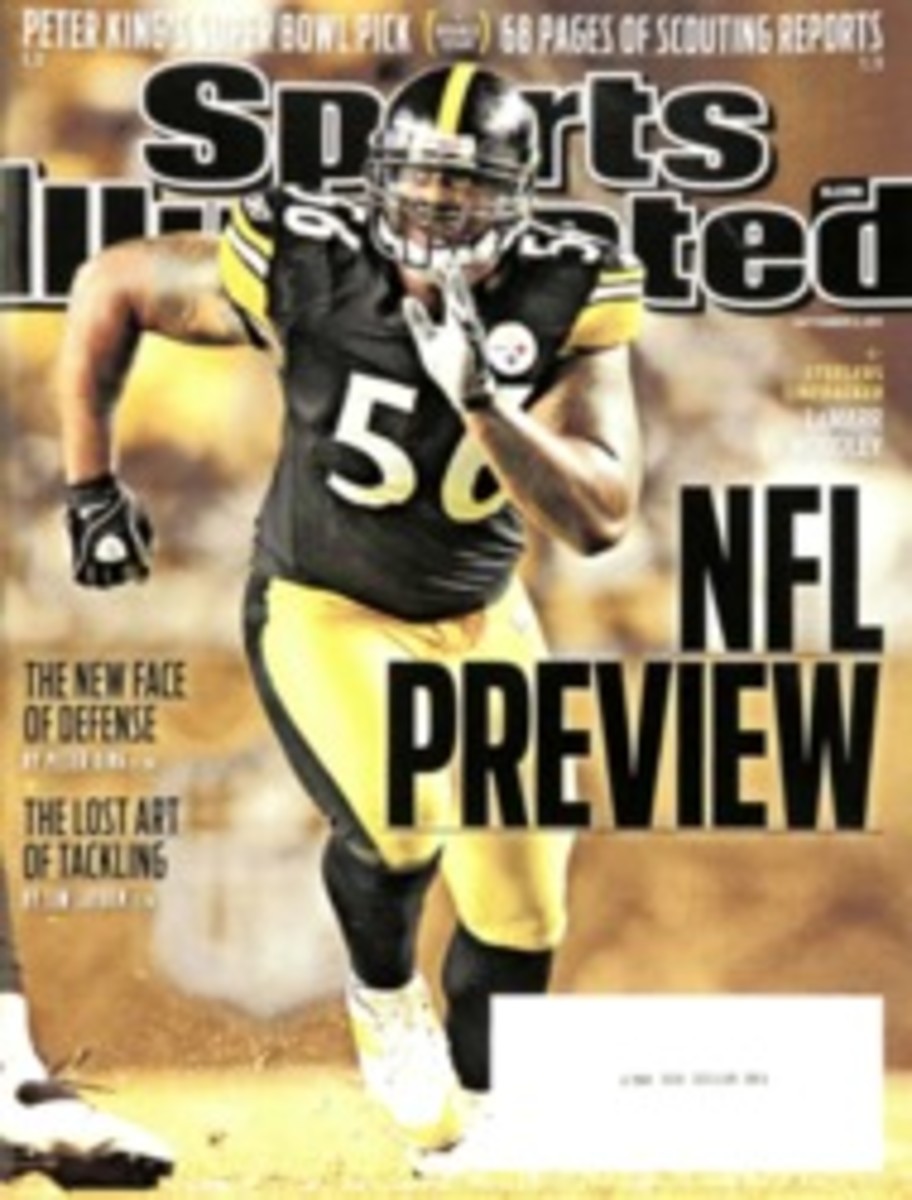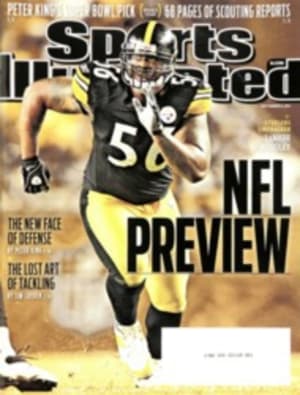
FAUX WOODS
As the old adage goes, if it sounds too good to be true, it probably is. In this case the "too good" is really cheap high-end golf equipment that shows up for sale on the Internet.
Everyone knows that the right equipment is a big part of any golfer's experience. Whether a club has the right feel or makes a ball fly farther or straighter, every golfer wants to have confidence in his equipment. But if you want to feel good about what's in your bag, you had better feel good about where you buy your clubs because there are counterfeiters out there looking to take advantage.
It is estimated that as many as two million counterfeit golf clubs are produced each year. To put that number in perspective, if you laid every fake club end to end, they would stretch from Augusta National to roughly Denver. The reach of the problem is enormous, and the financial impact is in the hundreds of millions of dollars.
For golfers, counterfeit clubs can cause problems that range from a loss of distance and accuracy to safety concerns—shafts that shatter and heads that fly off mid-swing. The industry has done its part to try and take on the problem at the source. In 2004 Acushnet, Callaway, Cleveland/Srixon, Ping and TaylorMade/Adidas formed the U.S. Golf Manufacturers Anti-Counterfeiting Working Group. The group has partnered with law enforcement to identify and shut down countless counterfeit operations in China, Thailand, Vietnam and other countries.
But law enforcement alone won't end the problem. The real power is in the hands of consumers, because as long as there are people who buy counterfeit clubs, there will be counterfeiters. Most buyers don't even realize they're purchasing from sites selling counterfeit goods. They'll probably receive a club that looks like the real thing, but it's doubtful that it will perform like the real thing, because most counterfeit clubs are made of inferior materials.
As a consumer, the best way to avoid counterfeits is to purchase your clubs from authorized dealers. If you're not sure about the authenticity of a website, check where the product is shipping from. Items that derive from a foreign country—particularly China—deserve further scrutiny.
Fake clubs hurt the industry the game and, most important, you. Hit 'em long, hit 'em safe and hit 'em with the real thing.
Wayne Mack is coordinator of the U.S. Golf Manufacturers Anti-Counterfeiting Working Group.
SI GOLF RANKING
[originallink:10877516:1008494]
RANK | PLAYER (FIRST-PLACE VOTES) | POINTS | LST. WK. |
1. | Rory McIlroy (8) | 141 | 1 |
2. | Luke Donald (7) | 138 | 3 |
3. | Lee Westwood | 104 | 2 |
4. | Charl Schwartzel | 90 | 4 |
5. | Dustin Johnson | 60 | — |
6. | Steve Stricker | 58 | 5 |
7. | Keegan Bradley | 52 | 6 |
8. | Nick Watney | 49 | 7 |
9. | Adam Scott | 39 | 8 |
10. | Matt Kuchar | 25 | — |
GOLF PLUS will next appear in the Oct. 3 SPORTS ILLUSTRATED.
GOLF MAGAZINE TOP 100 TEACHERS POLL
Should long putters be banned?
No 74%
Yes 26%
PHOTO
THE ACUSHNET COMPANY (CLUBS)
MISSED CUT Fake clubs look the same on the outside but can be very different where it counts. The knockoff above (left) replicates a cavity-backed club but has no cavity.

